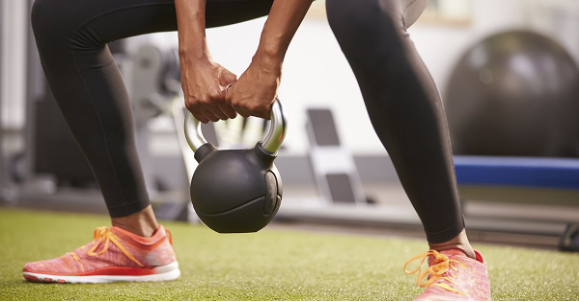SPEED TRAINING IN SPORTS
- Oct 26, 2022
- 3 min read
Speed training is one of the most important aspect of athletes training program. Often coaches in sports use the term of improving top speed, running technique or agility. Most athletes want to run fast which is ok but watching world class sprinters we can see that the maximum speed isn’t achieved until approximately 50-60m. Rarely can be heard of someone working on acceleration. That causes some problems in sport. The goal is to improve 0-60m of the auto world.
ATHLETES NEED TO TRAIN FOR STRENGTH AND POWER TO IMPROVE SPEED
Putting force into the ground matters when developing speed and acceleration. Speed and vertical jump have a strong correlation as well as lower body strength and vertical jump. Getting fast can be simple and hard at the same time. To improve acceleration and speed every functional training program should have proper progression of lower body strength, plyometric training and speed development. There is a big question when designing these programs which drills to perform, how often to perform them, how far to perform them and the rest/work ratio.
Every speed workout should be done after 10 min of dynamic warm up and agility work.
Plyometrics are done after warm-up and before sprinting which provides good contraction bridge to sprinting.
Either volume or intensity is increased in each phase.
Speed development program is broken down into three three-week phases:
Noncompetitive speed: Simple drills that work on the first few steps. Work on starting technique first step quickness. Athletes shouldn’t race or compete in this phase. The primary drill in this phase is the lean, fall and run.
Short Competitive Speed: Competitive drills are included in this phase. The competitive incentive can be a tennis ball. This phase consists of ball drop sprints from double and single leg start positions. Ball drop sprints encourage acceleration without stressing the hamstrings and hip flexors.
Long Competitive Speed: Chase sprints and breakaway-belt are done from standing and lying starting positions. Athlete’s acceleration are challenged in a competitive atmosphere and are limited to a 10-20 yard tag zone.
SLED TRAINING
Often we can see athletes who run “pretty” but not fast. Sled training is great exercise to work on special and specific strength needed to accelerate fast. Many articles show that faster running speed are achieved with greater ground force not more leg movements. Weighted sleds help bridge the weight room and form running and work on specific muscles needed in sprinting. In running speed, most of the force is from hip hyperextension which is specific strength and the sled teaches strong athletes to produce the type of force to move them forward. It can be breaker down to special and specific strength:
Special Strength: Movements with resistance that incorporate the joint dynamics of the skill. Sled marching would be special strength category.
Specific Strength: Movements with resistance that are imitative of the joint action. Sled running falls into the specific strength category.

Sled marching are usually done with heavy loads first few weeks of the training cycle.
Sled sprints are done with lighter loads last few weeks of the training cycle. Weight of the sled depends on the motor pattern of the exercise. If the athlete can keep a good posture and motor pattern on a heavy weight then there is no reason for dropping the weight down. As soon you see the athlete needs to alter the mechanics to produce the movement, then the weight is too heavy. Weight of the sled need to be lighter on grass and heavier on turf.
Sled training may not improve athlete’s top speed but it will help the athlete be faster. Most sports are about acceleration, change of direction and rarely about getting top speed. Weighted sled may be the missing link for speed development and the misunderstanding of the research and terminology may be the reason we haven’t been using it in our training program.








Comments